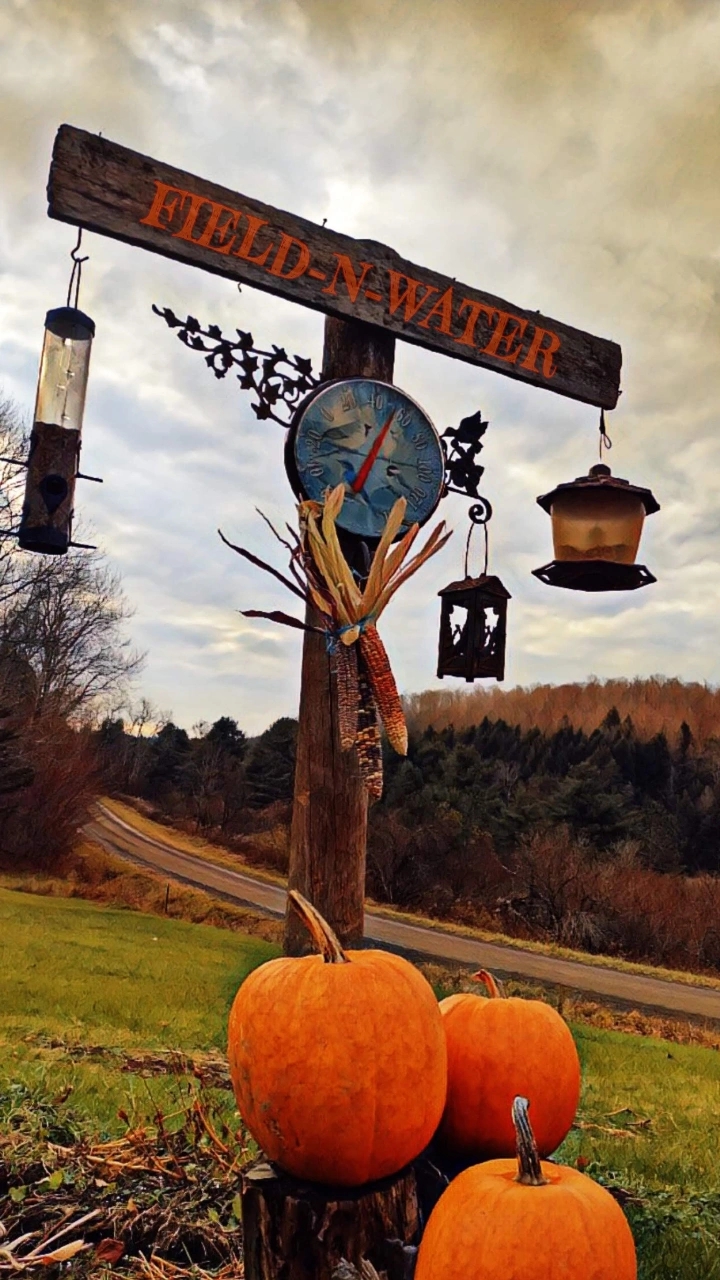A Stunning Symbol of North America

The Blue Jay (Cyanocitta cristata) is a vibrant and charismatic bird species. They are widely recognized for its stunning blue plumage and distinctive crest. Found throughout North America, this species exhibits fascinating behaviors and possesses unique identification characteristics. In this article, we will delve into the range, history, habits, and identification features of the Blue Jay.
Range and Distribution:
The Blue Jay is native to North America and can be found across a vast geographic range, extending from eastern and central Canada down to the Gulf Coast of the United States. Their range spans from the eastern Rocky Mountains to the Atlantic Coast. Blue Jays are non-migratory birds, meaning they typically reside in their territories year-round. Although some northern populations may migrate south during winter in search of more favorable conditions.
History and Cultural Significance:
Blue Jays have a rich history, intertwined with folklore and cultural significance. Native American tribes revered these birds for their intelligence and symbolic representation of communication, clarity, and loyalty. They are often associated with traits such as protection, courage, and adaptability.
Blue Jay Identification Characteristics:
Blue Jays possess striking features that make them easily recognizable. They have predominantly blue feathers on their heads, wings, and back, with white underparts. The wings and tail feathers display prominent black bars and bands. Blue Jays possess a black necklace-like collar around their necks, and their crests, which can be raised or lowered, are prominent and adorned with blue feathers. These birds have sturdy beaks that are slightly curved and are often used for foraging.
Blue Jay Habits and Behaviors:
Blue Jays are highly vocal and known for their variety of calls, including their recognizable “jay-jay” calls and mimicry of other bird species. They are social birds and frequently engage in communal activities, forming flocks outside of the breeding season.
These birds are adaptable omnivores, with a diet that includes a wide range of food items. Blue Jays will feed on nuts, seeds, insects, fruits, and occasionally small vertebrates. They will store surplus food in caches, which helps them survive during winter months when food is scarce.
Blue Jays are very territorial and vigorously defend their nesting sites from potential predators or intruders. Their nests are constructed from twigs and grasses, typically located in trees or shrubs. Females can lay 3-6 eggs per clutch. Both parents participate in incubation and caring for the young.
Conservation Status and Threats:
The Blue Jay is not considered a species of concern and is classified as least concern by conservation organizations. Their adaptability to a variety of habitats has allowed them to thrive across their range. But habitat loss, deforestation and urbanization will impact their populations. Providing suitable habitat with trees and shrubs. Minimizing the use of pesticides, can contribute to the conservation of these remarkable birds.
In closing, the Blue Jay is an iconic North American bird. Known for its vibrant blue plumage, distinctive crest, and lively behaviors. Their cultural significance, adaptability, and unique identification characteristics make them a captivating species to observe and appreciate in the wild. By understanding their range, history, habits, and identification features, we can deepen our appreciation for these beautiful birds and work towards their conservation.

Leave a Reply
You must be logged in to post a comment.